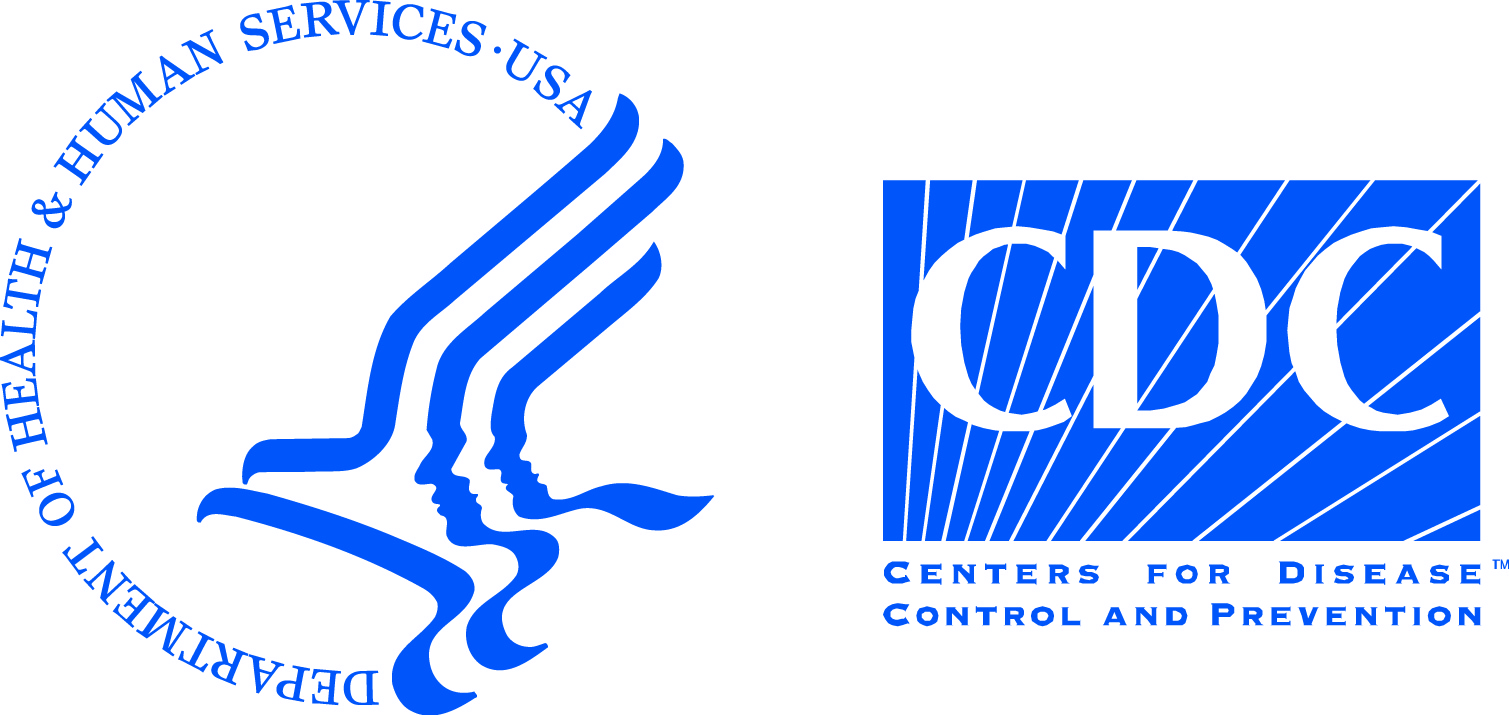Guidance for Contacts of Ebola Virus Disease (Ebola) Patients, United States
Att4a Guidance for Contacts of Ebola Patients.docx
Ebola Virus Disease in the United States:CDC Support for Case and Contact Investigation
Guidance for Contacts of Ebola Virus Disease (Ebola) Patients, United States
OMB: 0920-1045

Guidance for Contacts of Ebola Virus Disease (Ebola) Patients, United States
This guidance is to help you closely monitor your health for up to 21 days because you have been potentially exposed to an Ebola patient. This does NOT mean that you have Ebola or that you will get sick with Ebola.
Why are you being asked to monitor your temperature and symptoms for this 21-day time period?
You are being asked to closely monitor your health for 21 days after your last known potential exposure to Ebola to determine if you have been infected. Twenty-one days is the longest time between when you may have been exposed to Ebola and when symptoms may begin. It is very important for you to monitor your health during this time period so that you can be taken care of and treated quickly if you get sick.
What are the signs and symptoms of Ebola?
The most common signs and symptoms of Ebola are fever, headache, fatigue, muscle aches, abdominal pain, diarrhea, vomiting, or unexplained bruising or bleeding. One or more of these symptoms may occur at any time during your monitoring period. These symptoms may also be caused by many other common illnesses. If you develop a fever or any symptoms, it doesn’t mean that you have Ebola. However, if you develop a fever and feel sick, you need follow up medical care and testing.
How should you monitor your health during this time period?
Your health department has given you a form to use to record your temperature and possible symptoms. You will report this information daily to your health department. They may also schedule regular visits with you during your monitoring period. The health department will tell you which day you should stop monitoring yourself for fever and symptoms.
Instructions for monitoring your temperature and symptoms
Take your temperature orally (by mouth) with a digital thermometer 2 times a day in: once in the morning and again in the evening. Try to take your temperature at about the same time every day. If you are monitoring the temperature of a child, use a tympanic (ear) thermometer.
Write down your temperature on the form twice a day, every day (every morning and evening).
If you forget to take your temperature, take it as soon as you remember.
Common symptoms of Ebola are listed on the monitoring form that has been given to you.

If your temperature is elevated or you experience any symptoms listed on the monitoring form, immediately call:
NAME___________________________________________; PHONE_____________________

What should I do if I become ill during this monitoring period?
Your health department will make arrangements to transport you to a local hospital. DO NOT GO to a hospital without first calling your health department at the number provided. If you cannot immediately reach the health department, please call your doctor or your local hospital and inform them that you are being monitored by the health department for potential exposure to Ebola and need follow up medical care and testing.
How do I get to the hospital?
Your health department will make arrangements to transport you to the hospital. If you go by ambulance, inform the ambulance staff that you are being monitored by the health department for potential exposure to Ebola and need follow up medical care and testing. DO NOT TAKE PUBLIC TRANSPORTATION (e.g., subway, taxi, train, bus).
For more information, visit CDC’s Ebola website at: http://www.cdc.gov/vhf/ebola/index.html
MONITORING
AND MOVEMENT
You
have no movement restrictions. Travel by commercial conveyance
(e.g., airplane, ship, long-distance bus, or train) is allowed
during your monitoring period.
You
should not travel by any commercial conveyances (e.g., airplane,
ship, long-distance bus, or train). Local use of public
transportation (e.g., taxi, bus, subway) and travel should be
discussed and coordinated with your health department. If local
public transportation is used, you must be able to exit quickly if
you feel ill. Travel by private car is approved.
Do
not go to bars, restaurants, grocery stores, shopping centers,
theaters, church, or any public places where you will be sitting or
standing less than 3 feet away from others.
Do
not go to your workplace (telework is permitted).
Additional
movement restrictions have been defined by your health
department
as the following:
_____________________________________________________________________________________________________________________________________________________________________________________________________________________________________________________________________________________________________________________________________

| File Type | application/vnd.openxmlformats-officedocument.wordprocessingml.document |
| Author | CDC User |
| File Modified | 0000-00-00 |
| File Created | 2021-01-25 |
© 2026 OMB.report | Privacy Policy